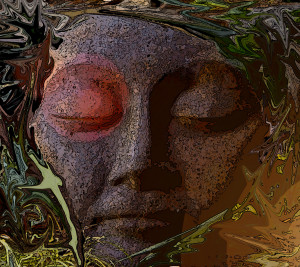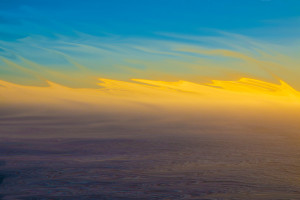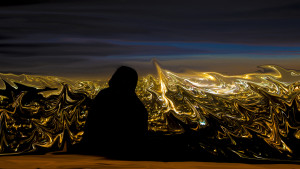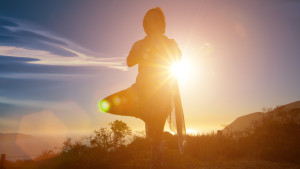Ever been so sure of an idea that you rushed through it on impulse, overlooked something small (or big), and proceeded to watch your idea come crashing to the ground? Worse yet, ever wanted to create something that you were afraid might not amount to much if seen by other people, so you decided never to begin? Or what about that time you knew exactly what you wanted to produce, took all the necessary steps, and then watched in surprise with everyone around you as your idea came full circle from concept to reality? If the answer is no, stop reading here and go to a library or a museum, or anyplace at all that might fill your soul with a whisper of a thrill or a spark of inspiration. If, on the other hand, the answer is yes to any or all of the preceding questions, then I have one more question for you: Have you ever wondered why your creative undertakings succeed or fail, and how you can ensure that your next idea will come to fruition?
Creativity exists in the narrow fracture between confidence and fear, a place where patience holds the reins and gives us the courage not only to forge ahead, but also the acute awareness of when to slow down. Mindful rousing and taming of your creative inner giant is developed through artistic patience – a skill requiring a conscious awareness of purpose, a self-reflection of habit, and the most recalcitrant element of all: time.
Confidence, though wildly desirable, has the nagging ability to produce a self-righteous voice in our heads: gas-pedal to the floor, eyes on the horizon, all the while neglecting the side and rearview mirrors. Anyone who has felt it is sure to be addicted to the high of feeling unbridled certainty. Unfortunately, what goes up must come down. Without the lows, after all, highs would be indistinguishable. Pure confidence, therefore, rarely produces our most creative selves.
Fear, on the other hand, produces nothing short of a well-armored fortress of excuses, telling us we should wait for ideas to strike, for resources to appear, and for acceptance by the masses. Worse yet, fear not only cripples creative impulse, but it also has the sneaky ability to transform in such a way that falsely spins our angst into the image of patience. Fright tricks us into telling ourselves, “It’s okay… Take your time… Don’t act too fast.” Make no mistake; this is not real patience. It is the proliferation and paralysis of fear.
Unlike the extremes of confidence and fear, creative patience settles our minds in such a way that not only fuels confidence but also seeks and destroys fear; it pushes us forward without allowing us to act in haste. Ironically, it is the moments during which we feel the most sure that we might need to slow the cart, and the moments during which we feel the most fearful that we should forge ahead. More time and more tools do not equal more freedom, more productivity, or necessarily even better quality. In fact, real freedom is found in limitation, which means that with the correct mindset, having access to fewer resources and less time can often lead to both more and better results. Creative patience spurs us into taking the time to figure out why and how we should create something, and then, without rushing or skipping steps, creating it.
Don’t wait to start until the ideas strike; strike until the ideas start. Don’t wait until you have the tools to build; build with whatever tools you have. And above all – don’t fall slave to trends of the majority. Go the other way. Be a misfit, make your own rules, and remember that creativity is a result of lifestyle and habits. So shape your thoughts and actions accordingly and make your ideas become reality.



